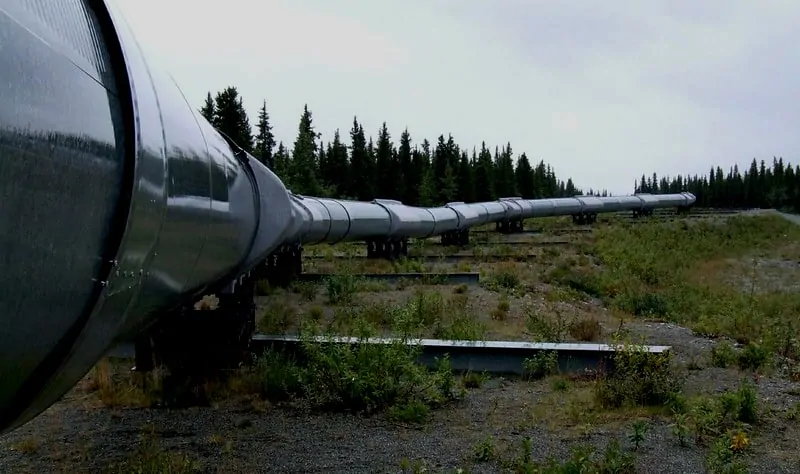Not unlike electricity, a gas bill is made up of multiple components.
A gas bill can be a very expensive portion of a business’ energy budget if it is not carefully managed.
Natural gas is a clean burning and efficient natural hydrocarbon gas mixture. It is commonly used as an energy source for heating, cooling, and even electricity generation. Due to its abundance in the US and advancements in the extraction process, increased production has led to reduced prices. It now actually accounts for 38% of all United States electricity generation!
With over 5.5 million commercial customers in the US (as of 2018), natural gas is one of the most common heating sources for buildings. While heating is the most typical use, natural gas is also used frequently for manufacturing processes, cooking, and Combined Heat and Power (CHP) Systems.
While electricity supply consists of multiple components, natural gas bills have two main ones: Basis and NYMEX. These components are consistent in all ISO regions. However, the percentage each takes up of the price paid on natural gas bills varies from state-to-state.
What Makes Up my Business’s Gas Bill?
Basis
The basis portion of gas supply is the cost for the transmission & distribution of it. Natural gas is transported from its production point to distribution facilities like Henry Hub. Then, it heads to Local Distribution Companies (LDC) who dispense in through gas pipelines to buildings on the grid. This transportation cost makes up for both the cost of moving the gas through the pipelines as well as reserving space inside the pipeline for it. Basis usually makes up over 50% of the price paid on a gas bill.

Basis pricing also includes a supplier’s margin. This is a nominal fee that is associated with added volumes and NYMEX hedging. The margin is added to provide protection for the supplier for the risk involved in hedging volumes in pieces under 10,000 Dth per contract per month.
Basis Swing Provisions
Another piece of basis is called ‘swing provisions.’ These are usually wrapped into the energy supplier’s basis price on natural gas bills. Swing provisions reference the costs for keeping the entire gas load balanced. However, this is different when extra gas is needed for a building.
When this is the case, it is priced at either the current cash market cost or at an agreed upon natural gas index price. When less gas is used, it is called ‘leftover supply.’ Leftover supply is sold and credited back to the user on their gas bill. These credits are either the cast market price or an already declared index price.
Buildings with large gas fluctuations can incur higher costs from the swing provisions on their natural gas bills. These types of users can pay a premium upfront to protect their natural gas contracts. This premium is referred to as ‘swing tolerance.’ Swing tolerance pricing can be based on either a daily or monthly volume usage.
NYMEX

The NYMEX portion of a natural gas price is the cost of the natural gas commodity.
Like any commodity, natural gas futures are constantly traded. This significantly impacts their cost and the price on natural gas bills. Natural gas futures are traded on the New York Mercantile Exchange (NYMEX) commodity futures market. These trades happen on a minute-by-minute basis from 9am to 2:30pm every day. The market participants involved in these trades are trading representation of ownership of the natural gas commodity.
The official delivery location for futures contracts on the NYMEX is the Henry Hub, which is located in Erath, Louisiana.
What Else Impacts a Gas Bill?
Basis and NYMEX are the main components in a natural gas price. However, there are other pieces in it. One is the cost related to converting contracts purchased by suppliers into a value. This is referred to as ‘physical premium’. Another is the costs associated with fuel loss during transportation.
Other factors that impact natural gas bills and prices are a building’s usage, supply & demand, and the weather.
Contact us today to discover how we can help you avoid significant costs on your natural gas bills!
Similar to electrical supply, there are a variety of methods you can employ to avoid unneeded costs for natural gas. To learn more about purchasing strategies for electricity and natural gas, take a look at this post.
